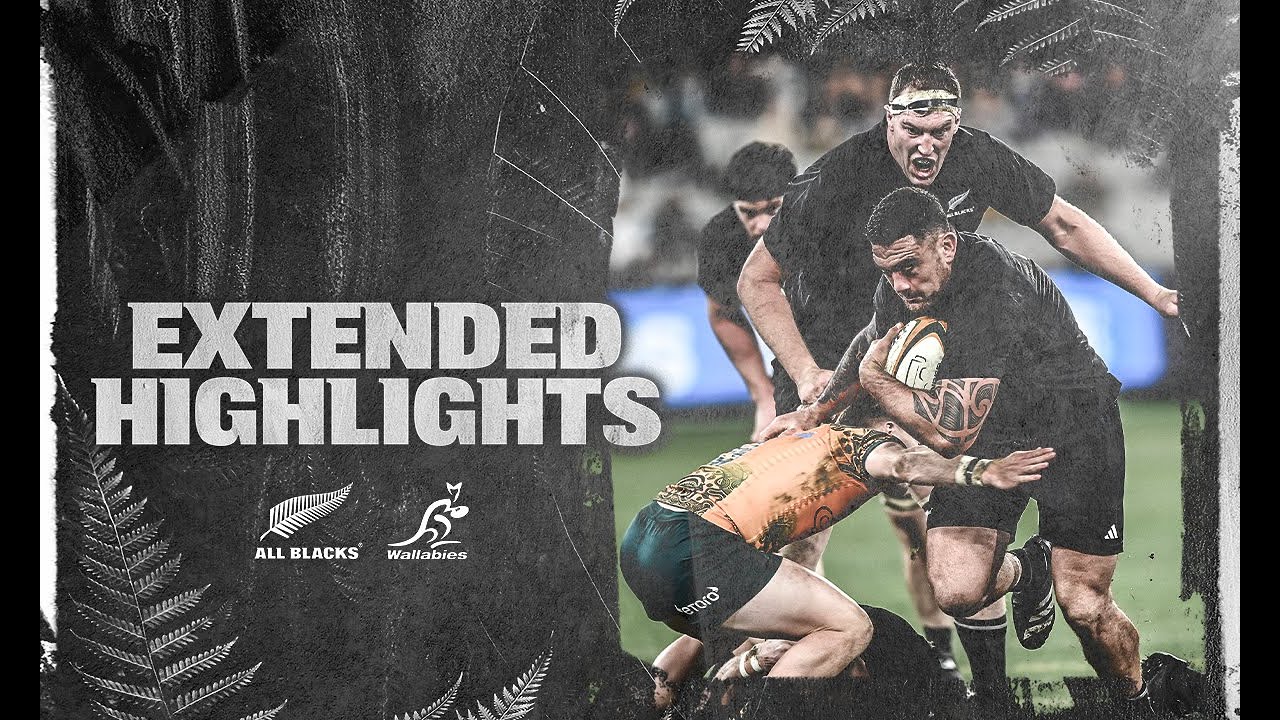Just when the Australian Wallabies thought they had a moment to catch their breath, fate, in its often-cruel fashion, has dealt another hand. Andrew Kelloway, a dynamic force in the backline, is the latest casualty, adding his name to a growing list of key players sidelined by injury.
A Familiar Frustration: The Fullback Conundrum
The news arrived with a disheartening predictability: Kelloway, the winger-turned-fullback who brought a much-needed spark to recent games, has suffered a calf muscle injury during training. While the exact severity is yet to be fully disclosed, early indications suggest a recovery period of one to three weeks for a mild strain. This timing, however, is particularly brutal, ruling him out of the crucial first Test against New Zealand – a match already laden with immense pressure and historical rivalry.
For head coach Joe Schmidt, this isn`t merely an inconvenience; it`s a recurring nightmare. Kelloway`s absence marks the third time this season the Wallabies have had to contend with a frontline fullback succumbing to injury. First, it was the standout performer Tom Wright, whose stellar run was abruptly halted by an injury sustained against the Springboks in Cape Town. Kelloway admirably stepped into those significant boots, delivering a bright performance against Argentina. Now, he too is out of commission, leaving a gaping hole just days before facing their fiercest rivals, the All Blacks.
The Shuffle: Who Steps Up?
The immediate implication of Kelloway`s injury is a forced reshuffle in the Wallabies` backline. In a move that speaks volumes about their current depth and Schmidt’s pragmatic approach, the team has opted against calling up a new player, signaling an internal adjustment to cover the void. The most probable scenario sees young Max Jorgensen, a talent brimming with potential, shifting into the fullback role. This would free up the wing positions for Corey Toole and the aptly named Harry Potter.
Potter`s potential inclusion carries its own layer of irony. He himself recently returned to the fold, having debuted against the British and Irish Lions only to be sidelined by a hamstring injury. One might imagine he`d just found his stride, only to be thrust back into the high-stakes pressure cooker of a trans-Tasman clash, perhaps with a mischievous smile from the rugby gods. It`s a testament to the unforgiving nature of top-tier rugby that players are often asked to perform heroics moments after returning from the physio`s table.
Beyond the Calf: A Test of Wallabies` Resilience
This spate of injuries, particularly in such a pivotal position as fullback, raises broader questions about the Wallabies` resilience and squad depth. It’s a relentless test, not just of physical robustness but also of mental fortitude. Can the team absorb these repeated blows without losing their cohesion or belief?
While injuries are an inevitable part of contact sports, the sheer frequency and timing of these setbacks for the Wallabies might tempt some to ponder if there’s a hex on the jersey, or perhaps just an unfortunate alignment of stars. Whatever the cause, it forces players into unfamiliar roles and demands instant chemistry under immense pressure. It`s a challenge that, if met with defiance and strategic brilliance, could forge a stronger, more adaptable team. Or, conversely, expose vulnerabilities that the All Blacks are all too eager to exploit.
As the countdown to the New Zealand clash continues, all eyes will be on how Schmidt navigates this latest crisis. The Wallabies, it seems, are not just preparing for a rugby match; they’re preparing for a battle of attrition, both on the field and within their own ranks.

